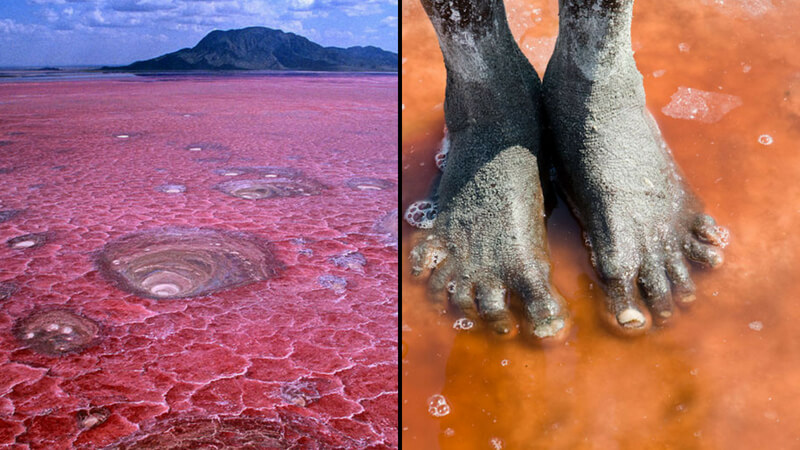
The geology of Oldonyo Lengai volcano and the southernmost Lake Natron basin, Tanzania, is presented on this geologic map at scale 1:50,000. Geologic map of Oldonyo Lengai (Oldoinyo Lengai) Volcano and surroundings, Arusha Region, United Republic of Tanzania Rift-normal elevation profiles indicate the focus of strain has migrated away from the border fault into the rift center, where In contrast to Natron, a ~1600 m high, densely vegetated, border fault escarpment along the western edge of the Magadi basin is highly degraded we were unable to identify evidence of recent rupturing.

Rift-normal topographic profiles across the Natron basin show the lowest elevations in the lake-filled basin adjacent to the border fault, where a number of hydrothermal springs along the border fault system expel water into the lake. However, intra-rift faults within ~1 Ma lavas are greatly eroded and fresh scarps are typically absent, implying long recurrence intervals between slip events. Locally, the escarpment shows open fissures and young scarps 10s of meters high and a few kilometers long, implying ongoing border fault activity in this young rift. The ~500 m-high border fault along the western margin of the Natron basin is steep compared to many border faults in the eastern branch of the EAR, indicating limited scarp degradation by mass wasting. We compare the morphologies and activity histories of faults in each basin using field observations and remote sensing in order to address the relative contributions of border faults and intra-rift faults to crustal strain accommodation as rifting progresses. Our study focuses on this transitional phase of continental rifting by exploring the spatial and temporal evolution of faulting in the Natron (border fault initiation at ~3 Ma) and Magadi (~7 Ma) basins of northern Tanzania and southern Kenya, respectively. The timing and nature of the transition from border fault to intra-rift-dominated strain accommodation is unclear. As rifting progresses, strain concentrates into the rift center, producing intra-rift faults. In the early stages of continental rifting, East African Rift (EAR) basins are conventionally depicted as asymmetric basins bounded on one side by a ~100 km-long border fault.

The evolving contribution of border faults and intra-rift faults in early-stage East African rifts: insights from the Natron ( Tanzania) and Magadi (Kenya) basins


 0 kommentar(er)
0 kommentar(er)
